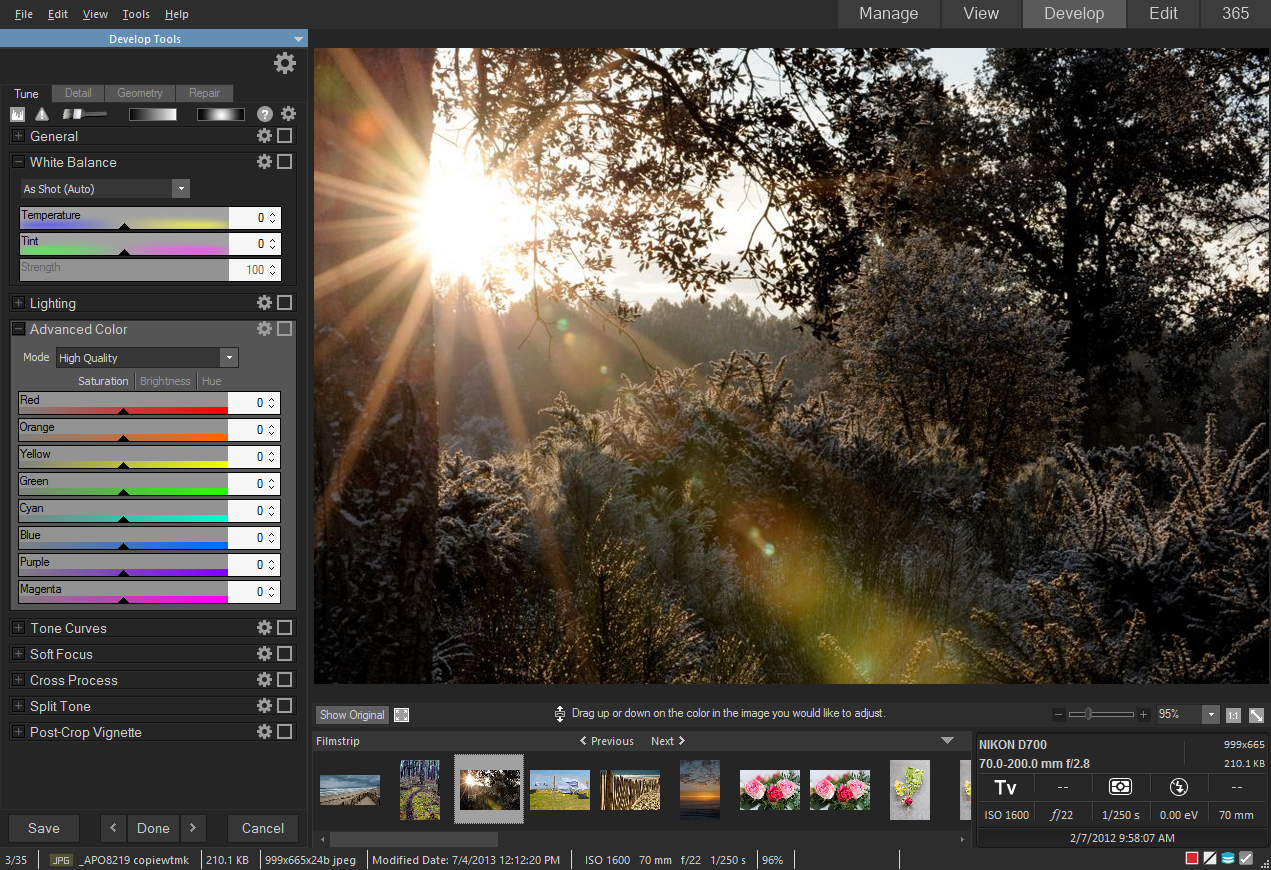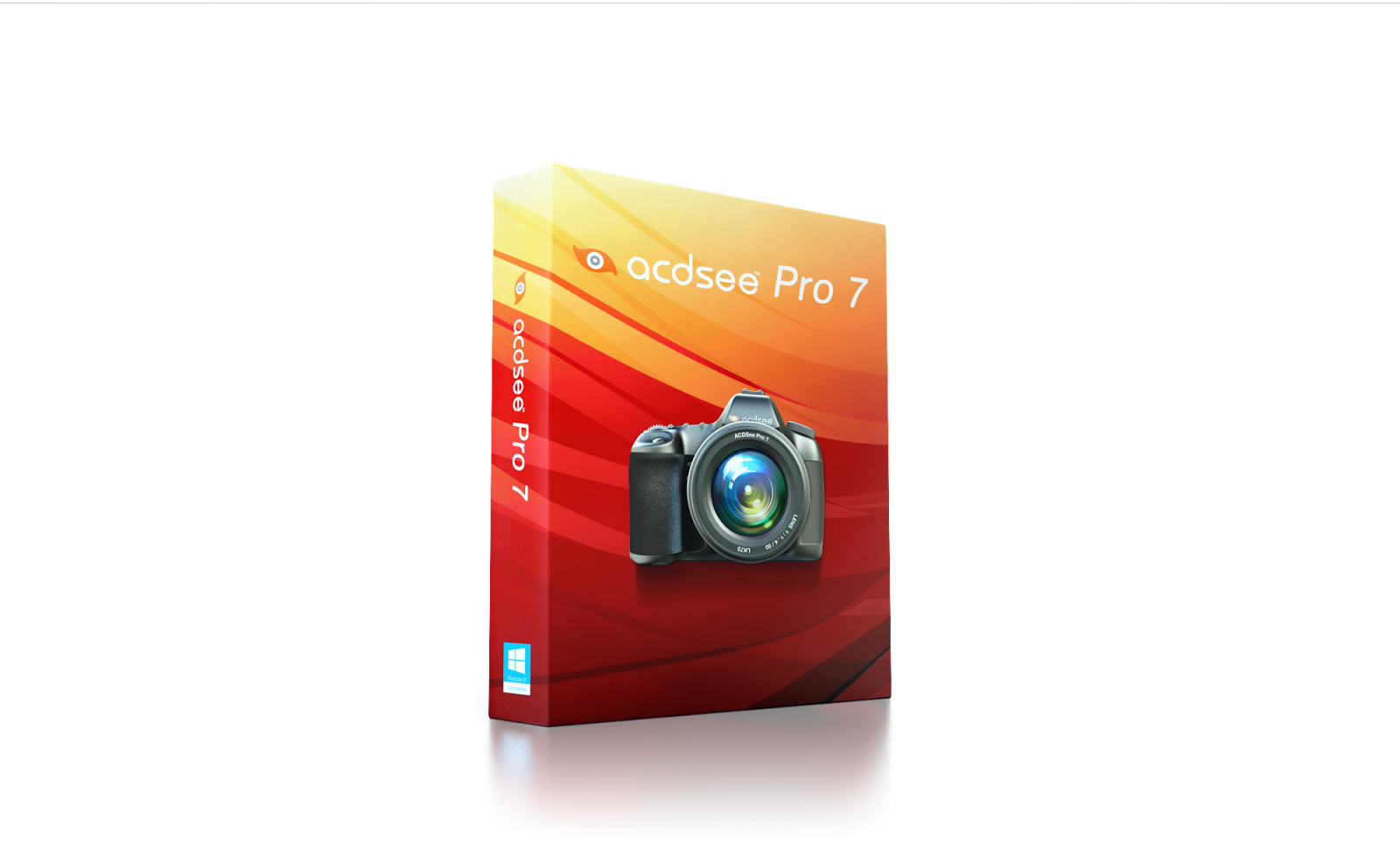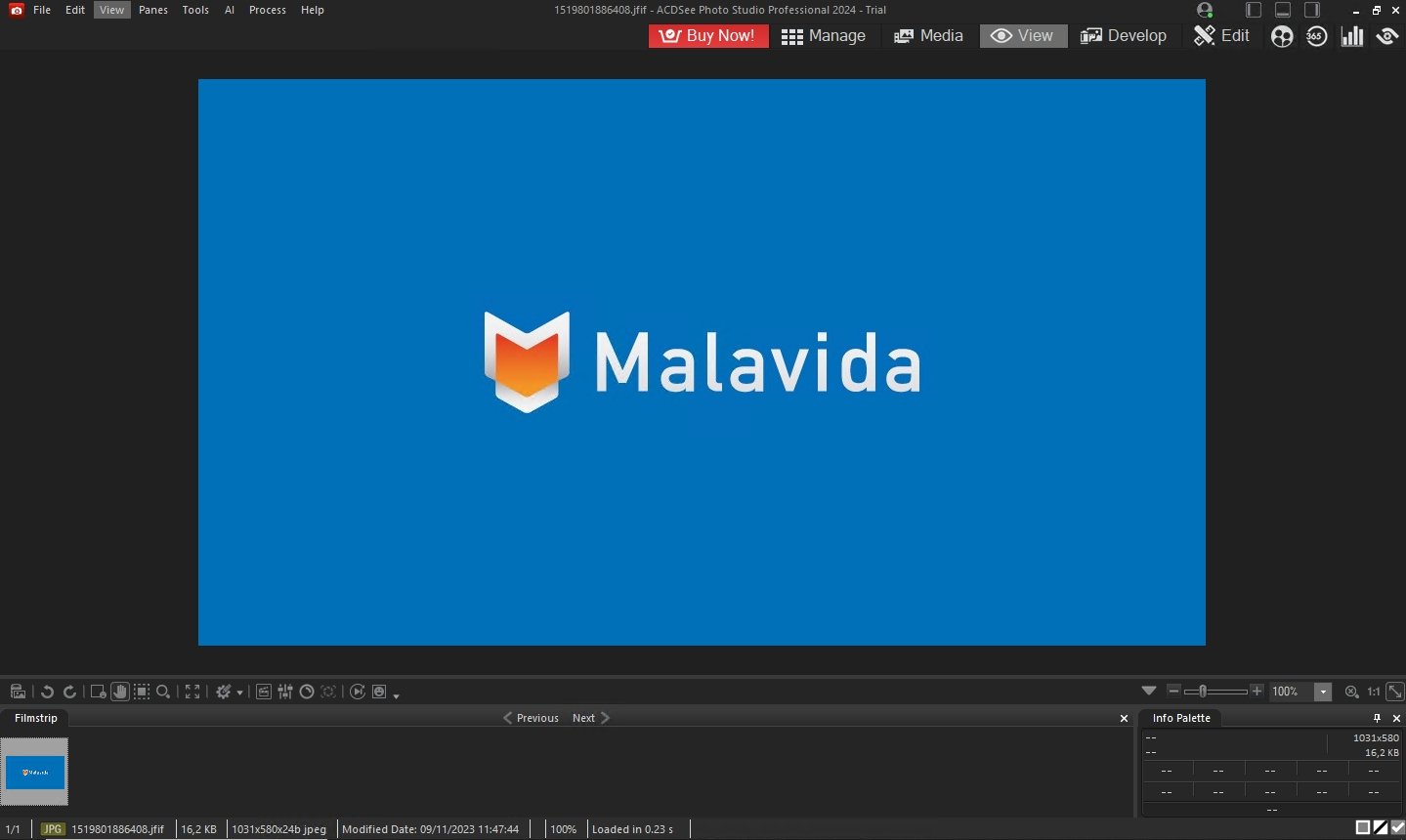
The program has been given a neutral grey colour to aid with this.Īfter you've checked all the pictures you want to edit are ok, the Develop section will allow you to edit them.


All it's there for is to allow you to look at the pictures with as little distractions as possible. It's a page that has little information on it. The View section is the second area that you'll take the picture into. One of the new features is a copy and paste system for Metadata which is great if you've used the same settings or want to input the same. Highlighting an image will bring up the EXIF data and a Histogram on the left under the folder list and the Metadata input fields to the right. It allows you to load your pictures in via the folder search facility to the left of the screen. The default section that loads up is called Manage. There are five sections to the program and we'll look at each on in turn. The layout is pretty much the same as the previous version(s) which is great for current owners of ACDSee. Once the desktop icon was installed, we launched the program and were faced with a screen to either take a trial run, enter a licence key or start our membership. Installation and Useĭownloading the program from the ACDSee website takes a few minutes, it's the installation that can take anything up to 20 minutes. But is it worth the £119 / $199 price tag? Find out in our ACDSee Pro 7 review. That's just a selection of new features which seem impressive. New features in Pro 7 include non-destructive image repair and new radial and linear gradient tools, as well as a new detail brush, dual monitor support and a tilt/shift effect which gives the look of a diorama. Obviously the answer is yes because we're here on the seventh edition now.

In our previous review of ACDSee Pro 5, we asked if the program could hold it's own in a saturated market. If you choose the second item, in the next dialog box you must select the folder to be indexed by clicking the Add Folder button, then click Next twice and then click Finish. If the above step selects the first item, then in the next dialog box, just click Finish and finish.

(indexing one or more other directories). (index the folder to save the default image of My Pictures and its folders) or Catalog a specific set of folders. In the first dialog box, select one of the Catalog of My Pictures folder. In ACDSee, click the Database menu and select Catalog Files. Therefore, in order to speed up the display of images, you can use the indexing of image folders to often browse the following steps: However, ACDSee has a problem when you browse a folder with a lot of images, its image display speed is quite slow, affecting the operation of the computer. The photo browsing function in ACDSee is great and convenient because you can preview photos as default thumbnails.


 0 kommentar(er)
0 kommentar(er)
